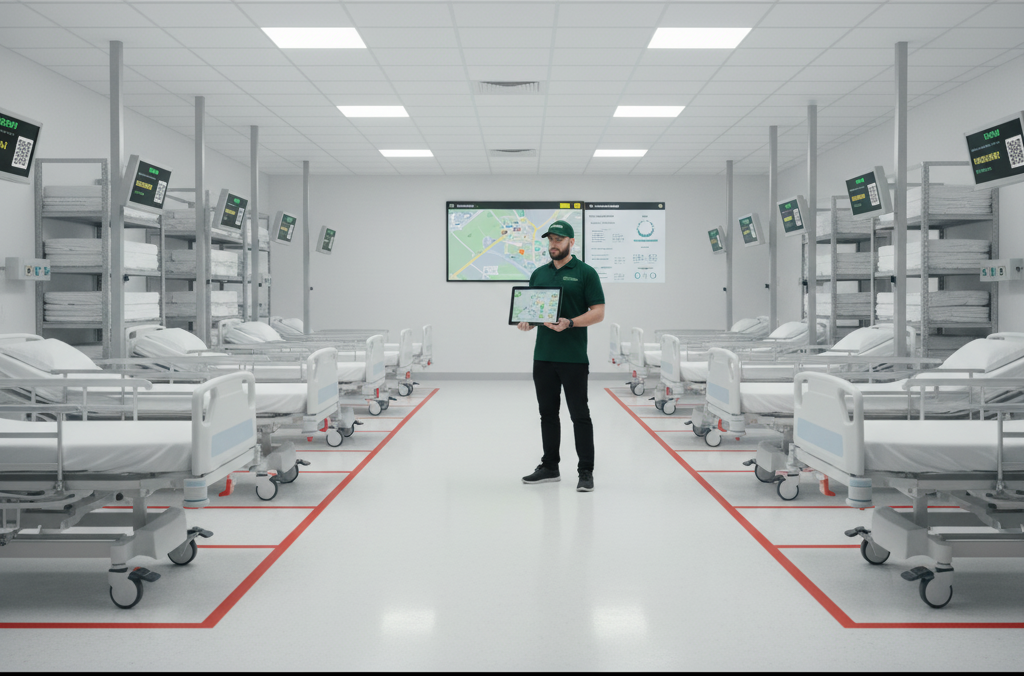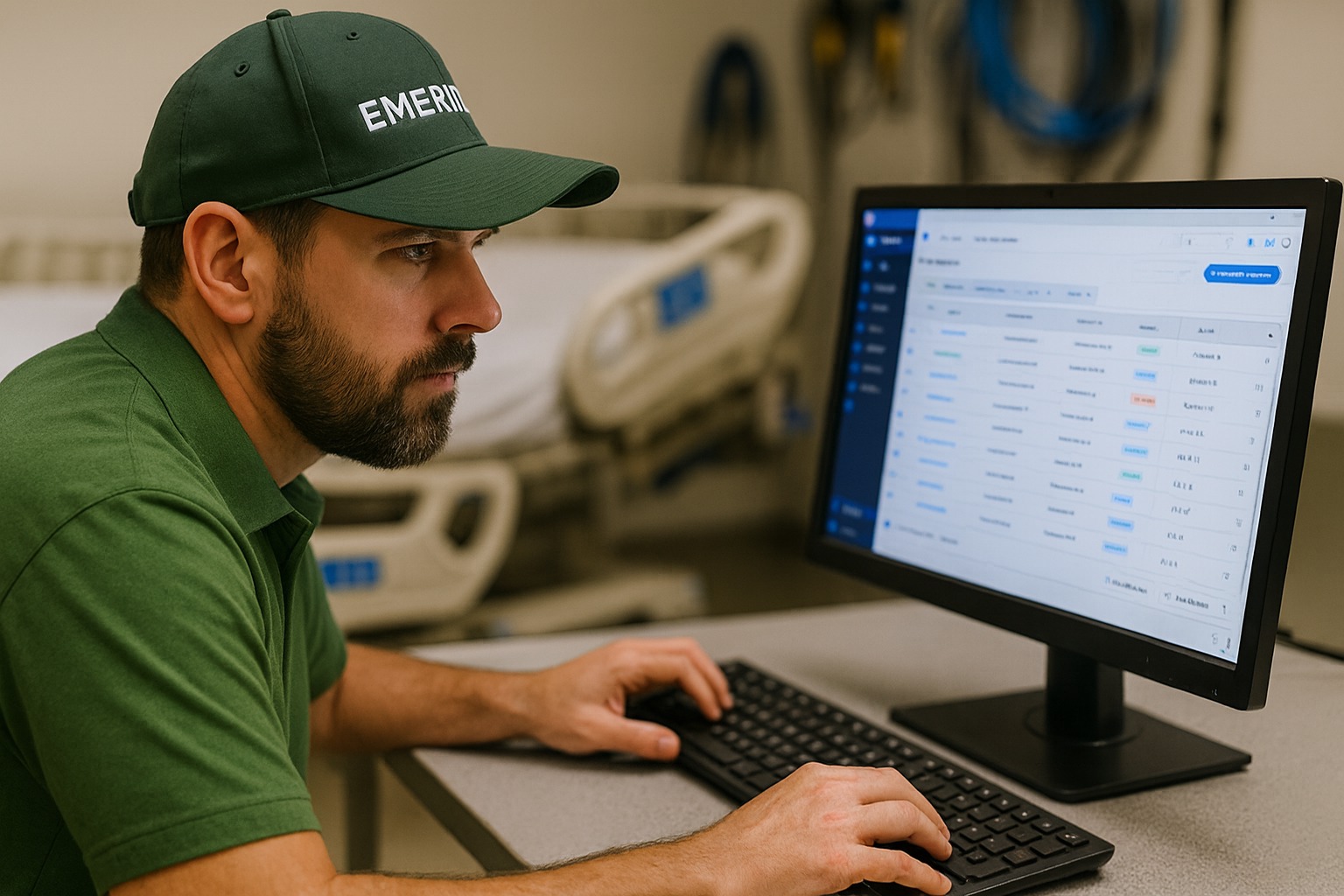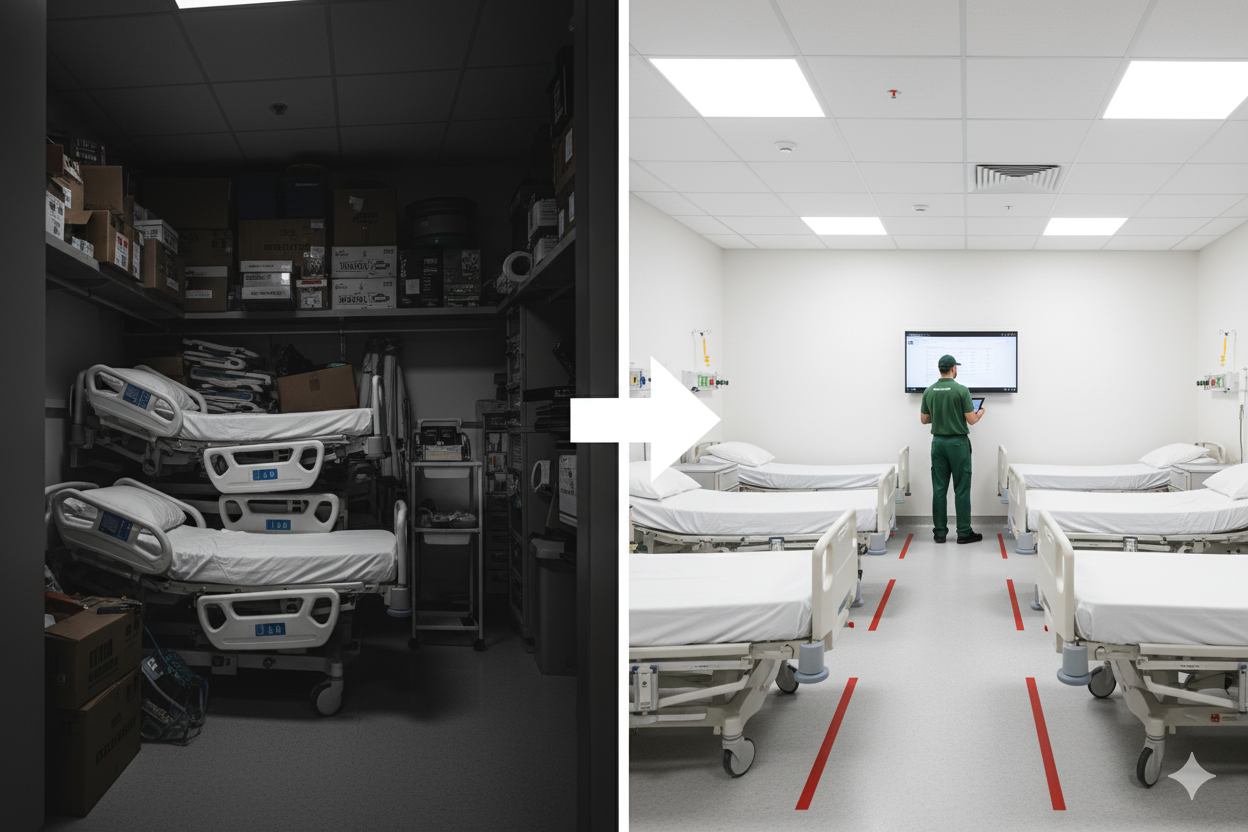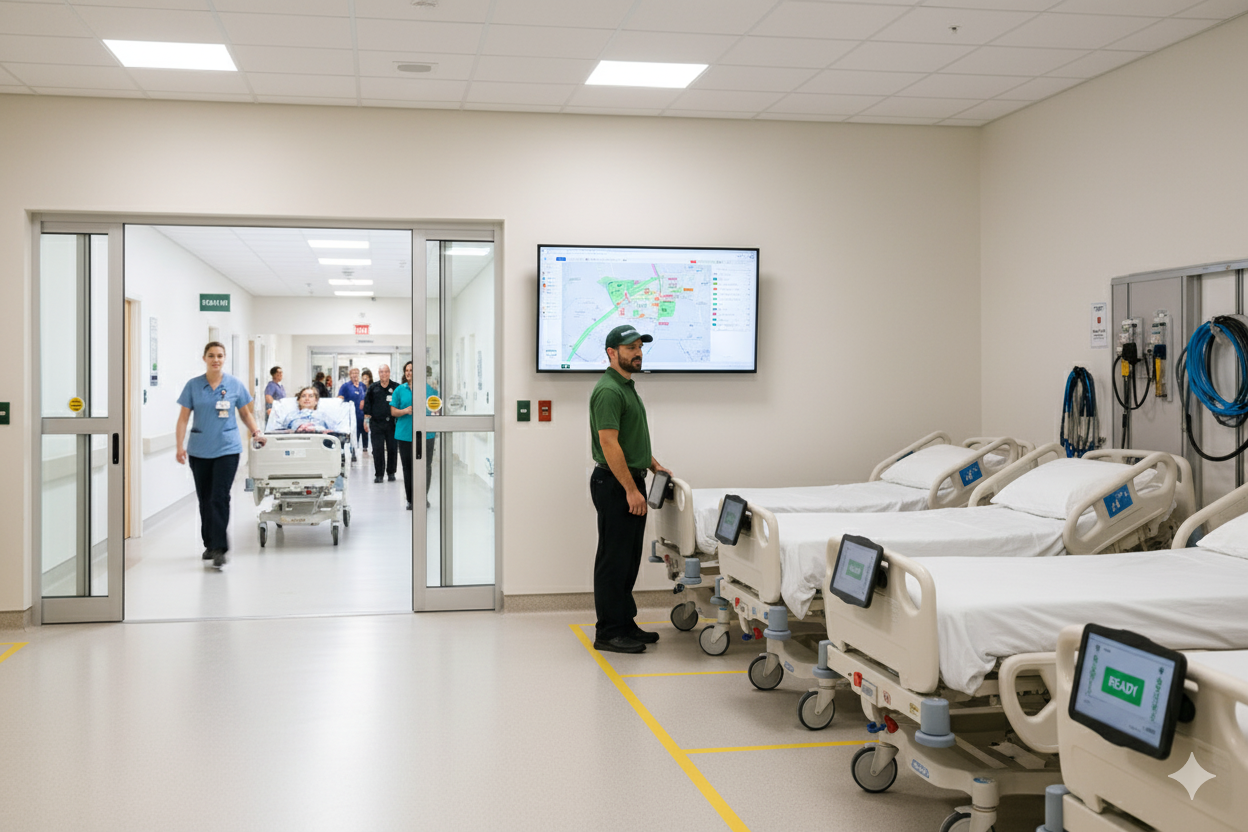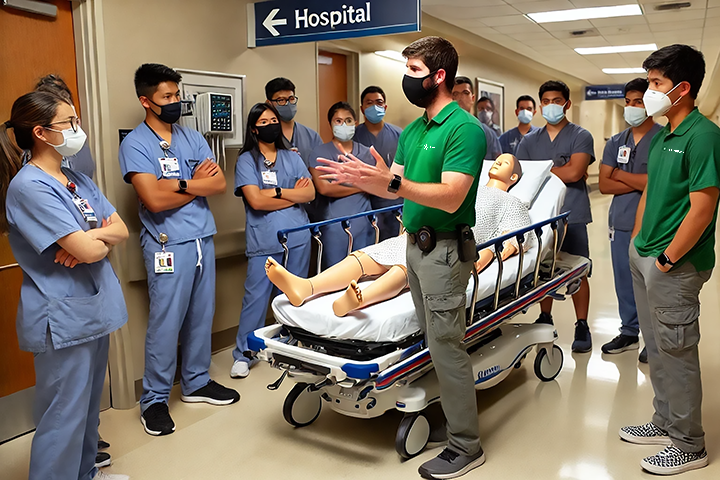
In healthcare facilities, hospital beds and stretchers are fundamental tools essential for patient care. However, without proper handling, these vital devices can become sources of frequent and costly damage. Effective training is paramount in preventing such incidents, ensuring both the safety of patients and the longevity of the equipment.
The Importance of Training
Proper training in the use of hospital beds and stretchers is crucial not just for the safety of patients but also for the preservation of the equipment itself. Inadequate knowledge and skills in handling these devices can lead to significant damage, which in turn affects the hospital’s operational capacity and financial health. Training ensures that all personnel, from nurses to transport staff, understand the correct procedures and the importance of meticulous handling.
Common Misuse and Resulting Damage
Misuse of hospital beds and stretchers often occurs during patient transfers and when the equipment is used for unintended purposes. For instance, excessive force on side rails, using beds to move medical equipment, or incorrect engagement of bed brakes can lead to physical damage to the bed frames and functional failures. Such misuse not only requires costly repairs but also poses risks to patient safety, such as falls or improper patient support during critical care.
Impact of Training on Hospital Operations
The benefits of well-trained staff extend beyond just preventing damage. Proper handling techniques reduce the frequency of equipment malfunctions and the need for repairs, thereby decreasing equipment downtime. This efficiency boost is crucial for maintaining the flow of hospital operations and ensuring that beds and stretchers are always available when needed. Additionally, effective training significantly reduces the incidence of accidents related to equipment misuse, thereby enhancing overall patient safety and satisfaction.
Moreover, training programs can be tailored to address specific needs and feedback from hospital staff, ensuring continuous improvement and adaptation to new challenges as they arise. This proactive approach not only saves costs in the long run but also reinforces a culture of safety and responsibility among staff.
Details of Training Programs
Our comprehensive training programs are specifically designed to equip nurses, environmental services (EVS) staff, and transportation personnel with the necessary skills to properly use and transport hospital beds and stretchers. Here’s how our training programs are structured:
- Targeted Training for Diverse Staff: We provide specialized training sessions for different groups within the hospital staff, including nurses, EVS, and transportation teams. Each session is tailored to address the specific responsibilities and challenges faced by these groups in handling hospital beds and stretchers.
- Integration with Existing Training Modules: Our training modules are flexible and can be seamlessly integrated into your hospital’s existing training framework. This integration ensures that staff receive consistent and comprehensive instruction without disrupting established training schedules.
- Just-In-Time Training Options: For immediate and specific training needs, we offer just-in-time training sessions. These are designed to provide quick, targeted education on the proper use and transportation techniques for hospital beds and stretchers, ideal for refreshing skills or training new staff quickly.
- Continuous Improvement Through Monitoring: Coupling our training programs with ongoing monitoring efforts, we track the effectiveness of the training over time. This approach allows us to gather data on training outcomes and identify areas for improvement, ensuring that our training programs continually evolve and respond to the actual needs of the hospital staff.
By focusing on these key aspects, our training programs not only educate staff on the correct handling techniques but also foster an environment of continuous learning and improvement, ultimately enhancing the overall safety and efficiency of hospital operations.





